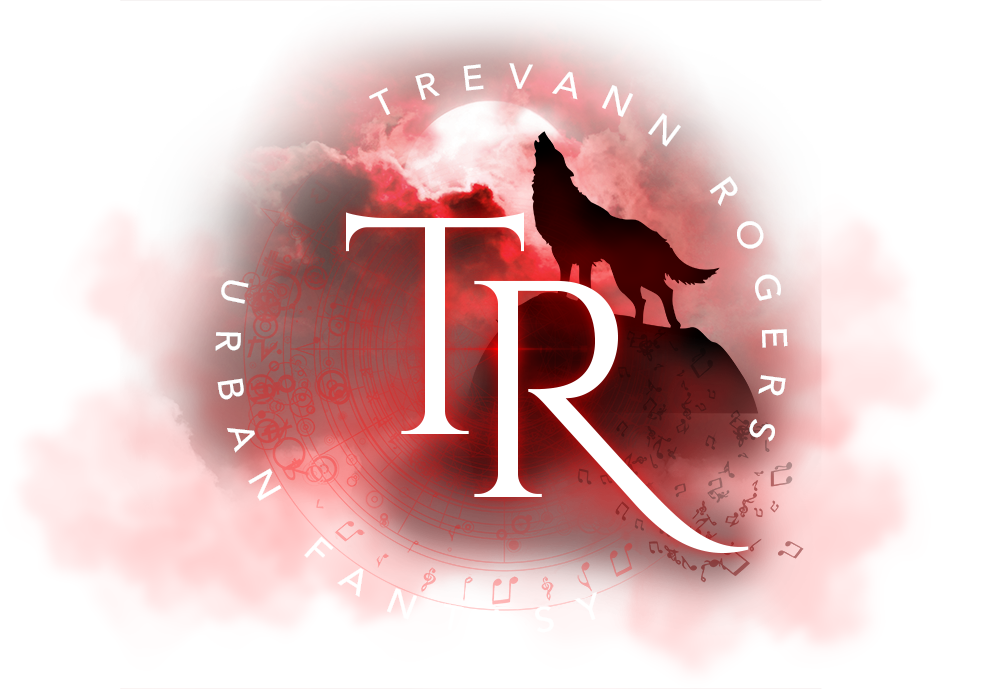Pink and blue watercolor. Pink, by the way, doesn’t have to be delicate like cotton candy. It is also strong like rose quartz.
I encourage engagement in my classes, through questions and answers, big and small group activities, team casework, and individual reflection. I’ve noticed an unfortunate pattern.
Whenever female students answer, there is almost always a disclaimer: “This is probably wrong, but…” “I know this isn’t right, but…” “I don’t know if this fits, but…” and a dozen other versions of the same sentiment. This is particularly crazy-making because my male students never use these phrases.
Not one. Ever.
Right or wrong, the guys plunge ahead, albeit some more confidently than others. If they are indeed incorrect, they either try to argue the point or shrug it off like it’s not a big deal. And they’re right.
It isn’t.
Being wrong isn’t a big deal if you learn from it. Take a shot! We learn from our mistakes. Here’s what’s correct about your answer, and here is where you take a wrong turn. Good effort, your thinking is sound. Here is another way to look at it. I also make sure to thank the students who offer a response because I know that showing up for learning is half the battle.
I think when I give them feedback at midterm, I will remind my expecting-to-be-wrong students that, in fact, they are usually right. I’ll point out to them that the world doesn’t stop rotating (nor is anyone chastised by me or their peers) if what they offer is incorrect. And I’ll tell all of my students that their engagement with me and with the material is valued. I’ll call them great students and strong critical thinkers.
Because, pink or blue, they are.





